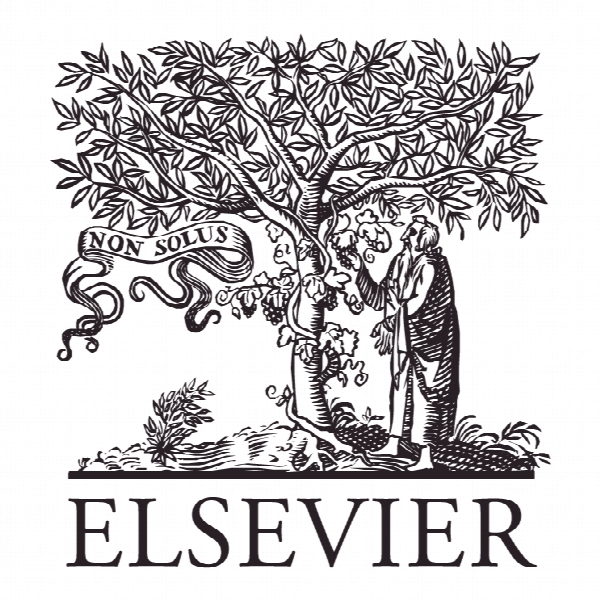اپی ژنتیک و پیامدهای آن برای سلامت دهان Epigenetics and its implications for oral health
- نوع فایل : کتاب
- زبان : انگلیسی
- ناشر : Elsevier
- چاپ و سال / کشور: 2018
توضیحات
رشته های مرتبط پزشکی
گرایش های مرتبط بیماری های دهان و دندان، انکولوژی
مجله علوم زیستی دهان – Journal of Oral Biosciences
دانشگاه Faculty of Dentistry – McGill University – Montreal – CANADA
منتشر شده در نشریه الزویر
کلمات کلیدی انگلیسی Epigenetics, Periodontitis, Oral Cancer, Biomarkers, Personalized Medicine
گرایش های مرتبط بیماری های دهان و دندان، انکولوژی
مجله علوم زیستی دهان – Journal of Oral Biosciences
دانشگاه Faculty of Dentistry – McGill University – Montreal – CANADA
منتشر شده در نشریه الزویر
کلمات کلیدی انگلیسی Epigenetics, Periodontitis, Oral Cancer, Biomarkers, Personalized Medicine
Description
1) Introduction: The advancements in the cellular and molecular biology have played a tremendous role in our understanding of the complex clinical disorders. Epigenetics is one of the fields, which has been studied extensively in various areas of health research like neurosciences, cancer medicine etc. The term epigenetics was coined in 1942 which refers to changes in the gene expression that results from external or environmental factors, and such changes are not encoded in DNA sequence[1]. The DNA encodes the secrets of life in two specific layers of information. The first layer of information which forms the basis of our genetic code is called the coding region of DNA. This coding region comprises only 2% portion of total DNA and remaining 98% region is called noncoding region. The genetic code is translated to different mRNAs and is responsible for creating all the proteins that we need to function. The second layer which is above this genetic code known as the epigenetic layer is responsible for deciding when, where and which gene to express. This epigenetic layer comprises the different epigenetic mechanisms including DNA Methylation, Histone Modifications or non-coding RNAs. Epigenetic mechanisms are crucial for cellular differentiation, and this process is highly conserved and controlled at the cellular level in each particular organism. When such highly conserved process is affected by the external environment directly or indirectly, it leads to change in the expression of genes and thus function. For example, differentiation of human CD4+ T cells is influenced by the locally acting inflammatory substances[2]. These inflammatory substances or interleukins further activate transcription factors that bind to specific methylated or demethylated sites in the promoter regions of specific genes in a developing T cell DNA and decide the fate of lineage of T cell development[3]. The increase in DNA methylation close to the promoter region of the specific gene results in decreased expression and vice versa[3]. Similarly, in pathological conditions like periodontitis, the local immune response is decided by these locally acting transcription factors and methylation or demethylation of specific genes[4].


